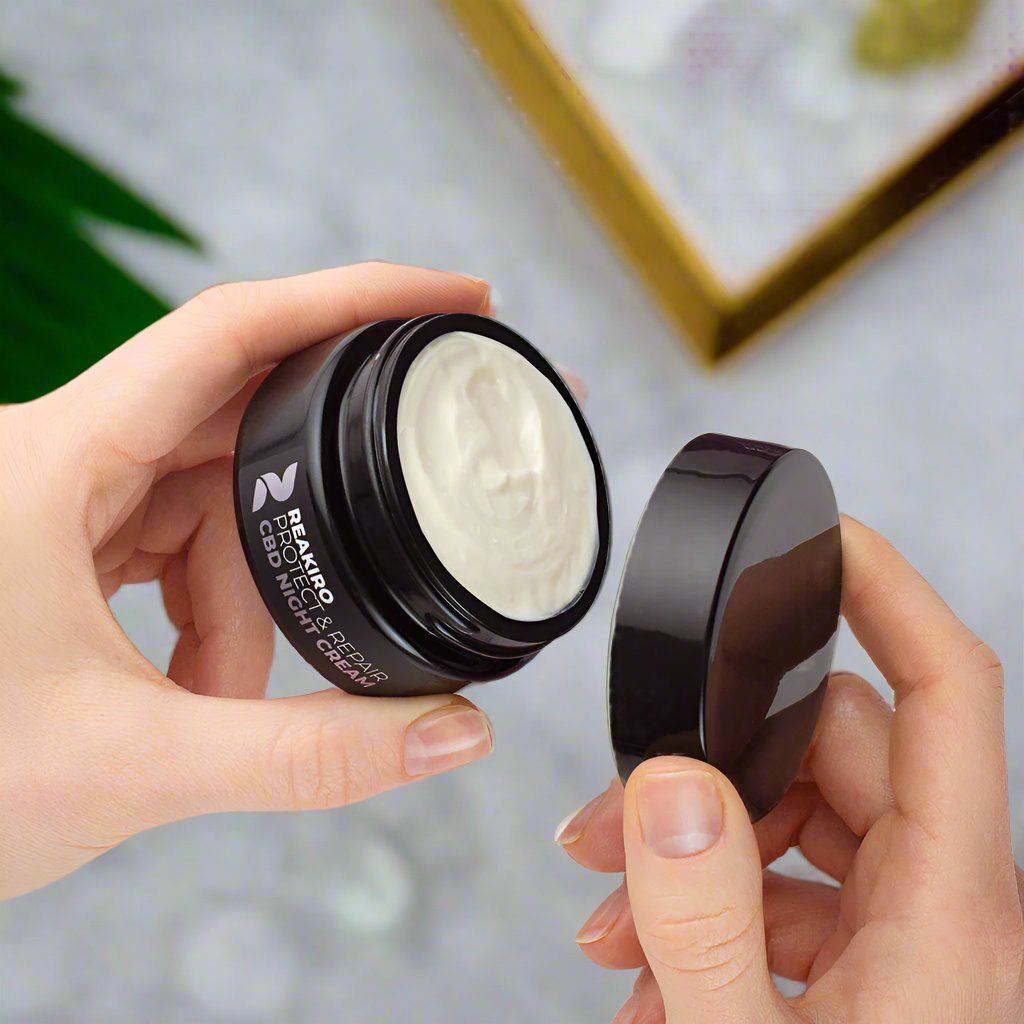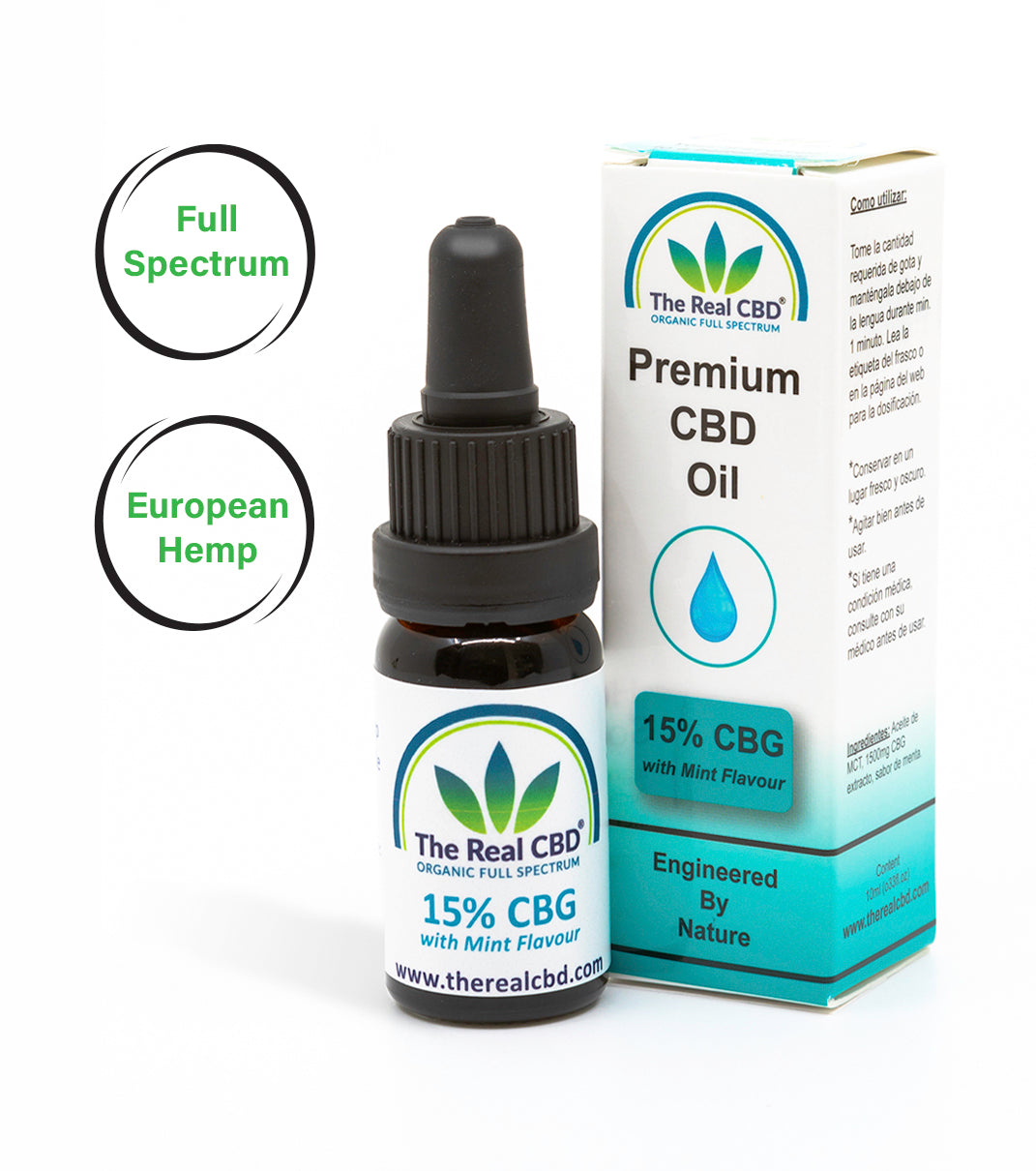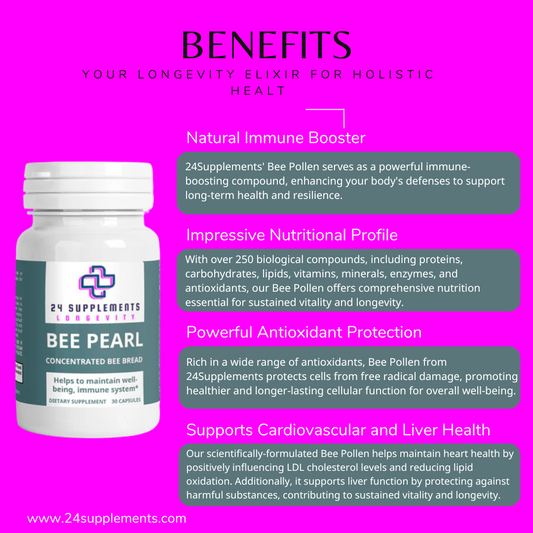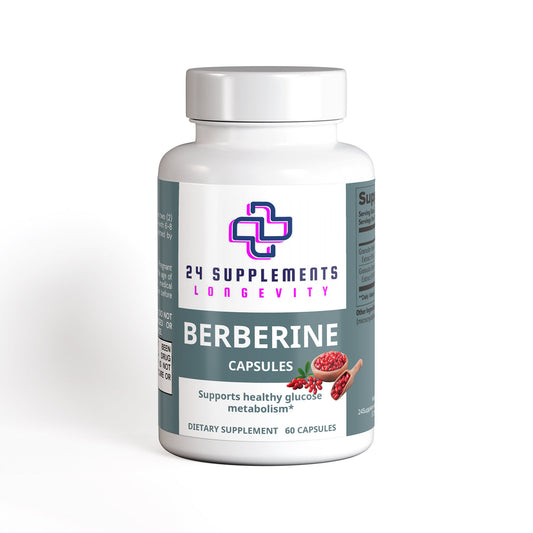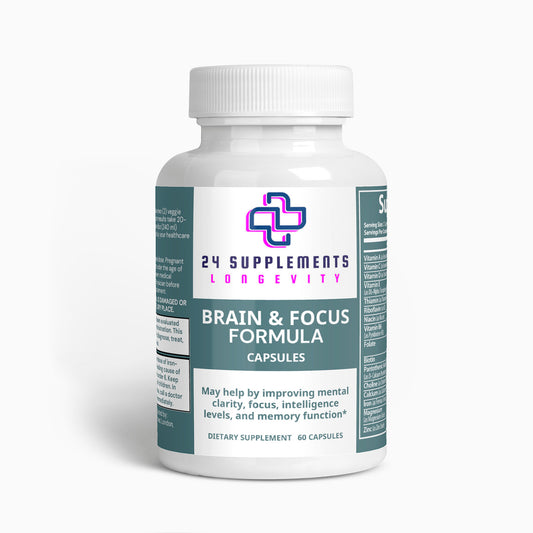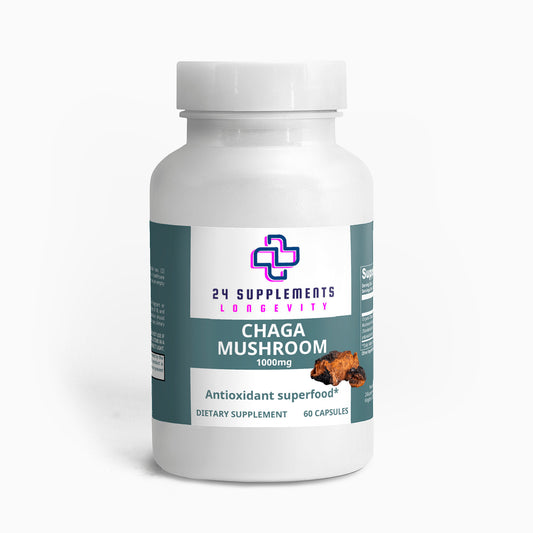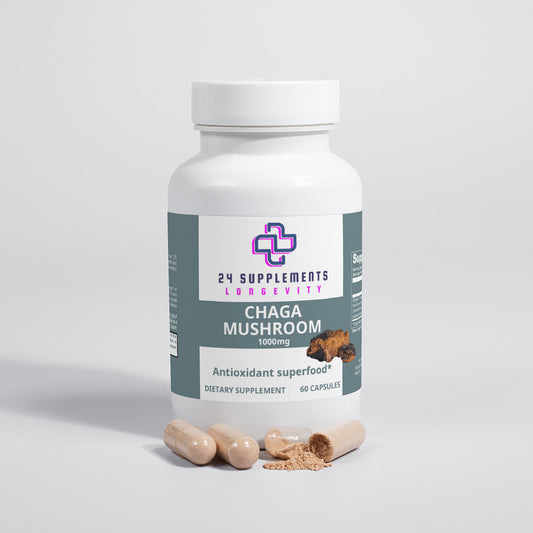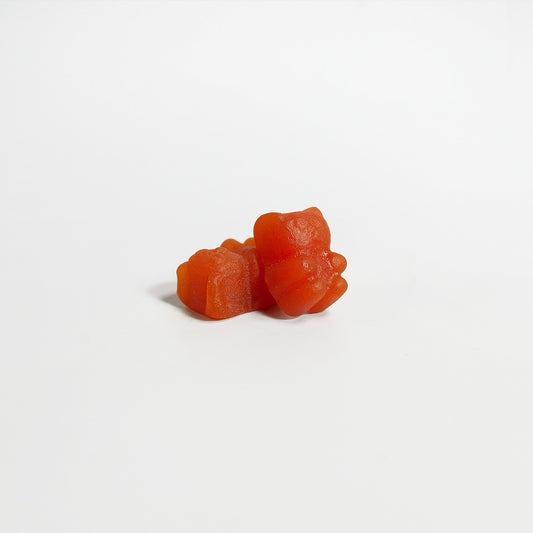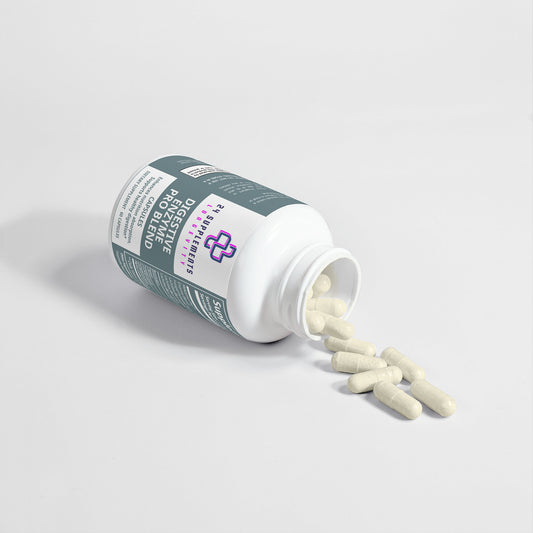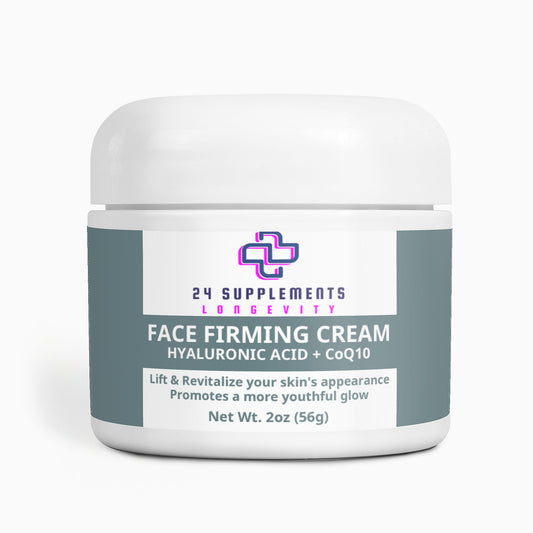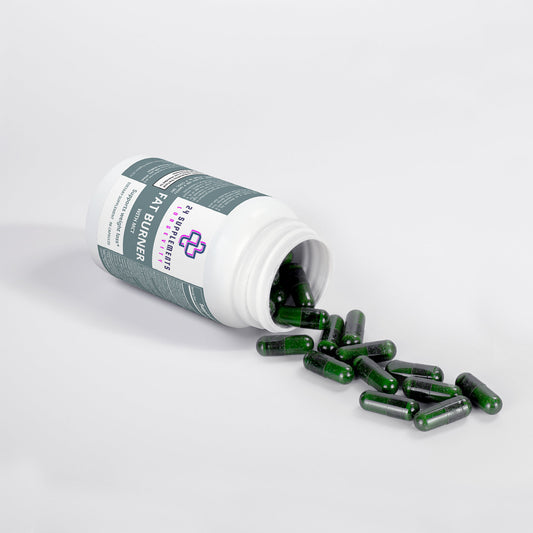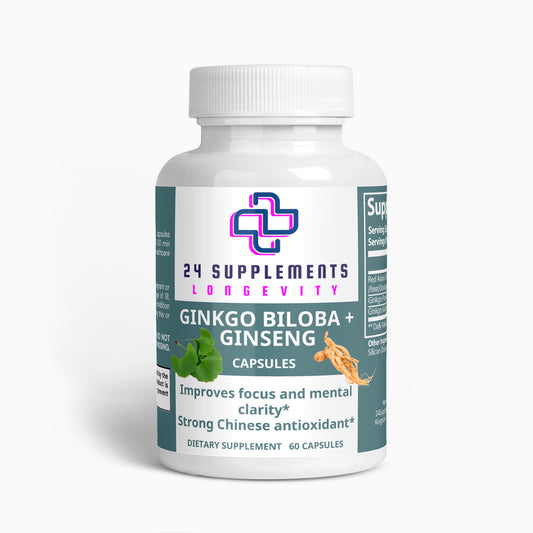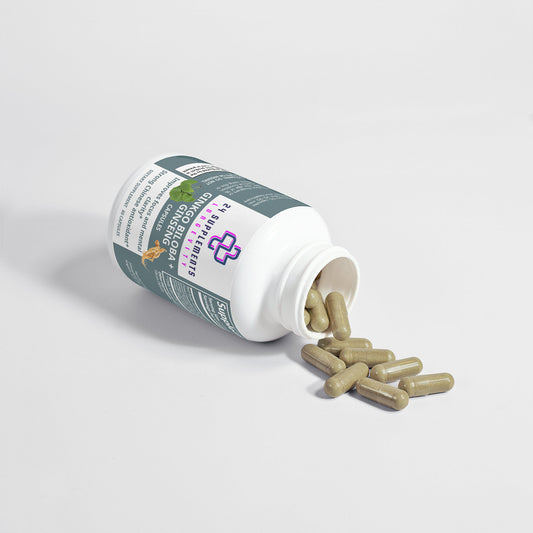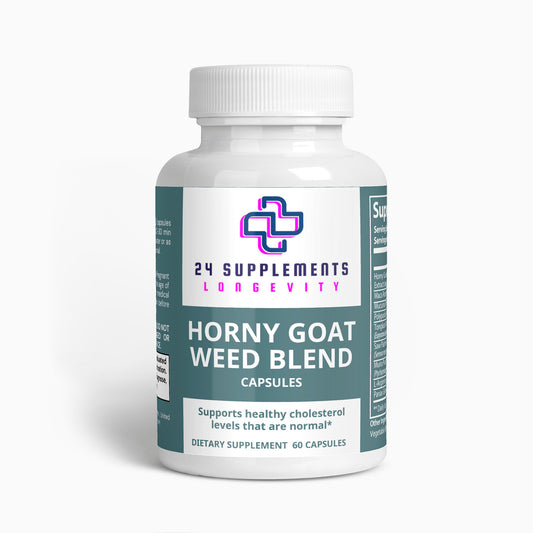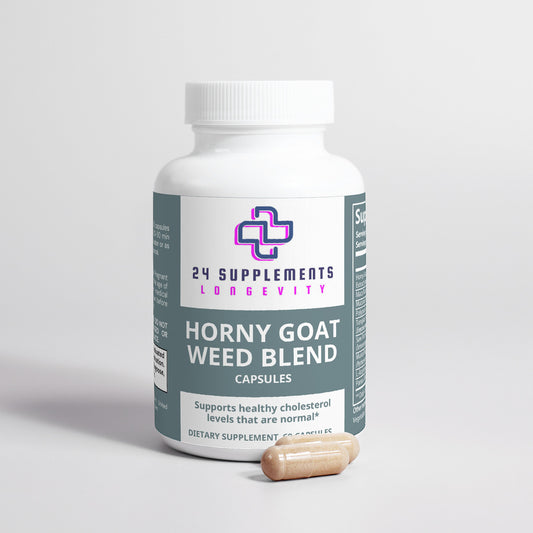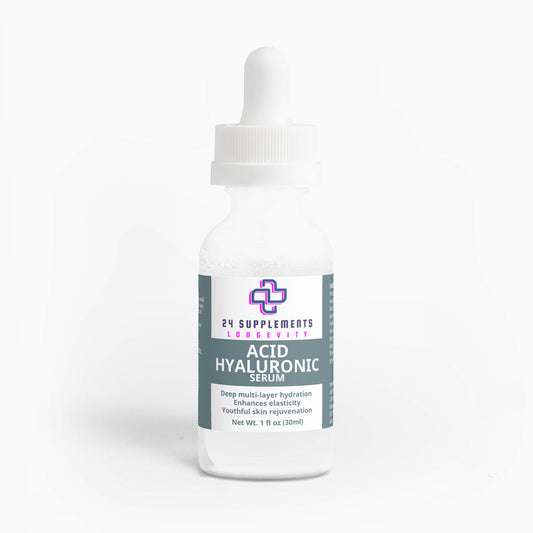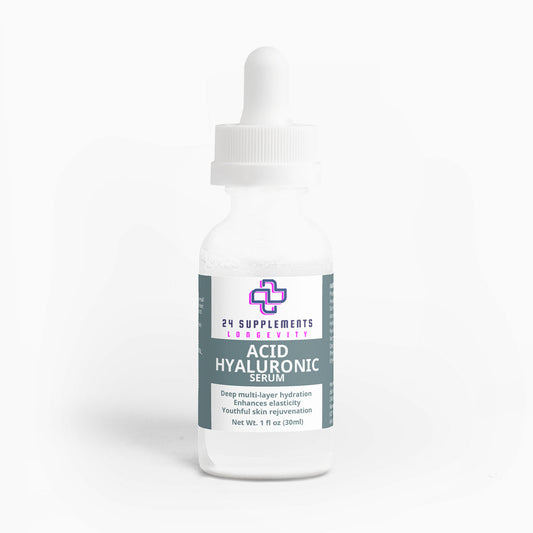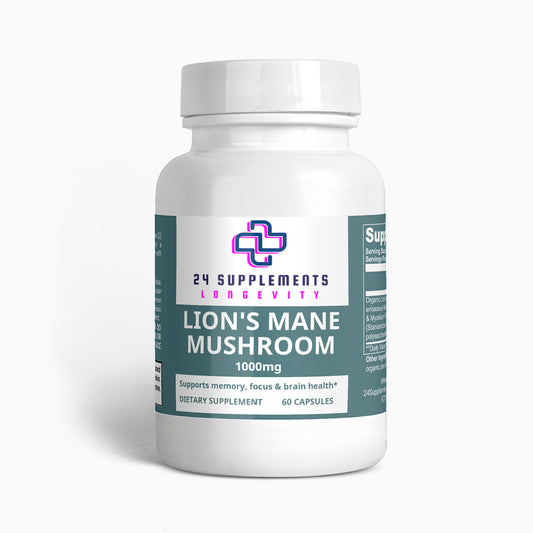
CBD and Its Impact on Pet Nutrition and Wellness: A Comprehensive Guide
Share
Introduction
As pets age, they face various mobility challenges, including arthritis, hip dysplasia, and general joint deterioration. CBD (cannabidiol) has emerged as a promising solution to improve mobility and alleviate discomfort in aging pets. This guide explores how CBD can enhance pet mobility, the science behind its effects, benefits, potential risks, and best practices for incorporating CBD into your pet’s routine.
Chapter 1: Understanding Pet Mobility Issues
Common Mobility Issues in Aging Pets
Aging pets often experience a range of mobility issues:
-
Arthritis and Joint Pain: Inflammation in the joints causes significant pain and reduced mobility.
-
Hip Dysplasia: Common in larger dog breeds, this genetic condition leads to improper hip joint formation, causing pain and movement difficulties.
-
Muscle Atrophy: Loss of muscle mass due to aging results in weakness and difficulty in movement.
-
Spinal Issues: Conditions like intervertebral disc disease (IVDD) affect the spine, leading to pain and limited mobility.
Impact on Quality of Life
Mobility issues can severely impact a pet's quality of life by reducing activity levels, causing chronic pain, and limiting interactions with their owners.
Chapter 2: How CBD Works to Improve Mobility
The Science Behind CBD
CBD is a non-psychoactive compound derived from hemp. It interacts with the endocannabinoid system (ECS) in pets, which regulates various physiological processes, including pain perception and inflammation.
-
Endocannabinoid System (ECS): Comprises receptors (CB1 and CB2) that maintain homeostasis.
-
Anti-inflammatory Properties: CBD reduces inflammation by interacting with the ECS and inhibiting pro-inflammatory cytokines.
-
Analgesic Effects: CBD modulates pain signals, providing relief from chronic pain.
Mechanisms of Action
-
CB1 Receptors: Located in the brain and central nervous system, influencing pain perception and mood.
-
CB2 Receptors: Found in the immune system and peripheral organs, playing a role in reducing inflammation.
Chapter 3: Benefits of CBD for Pet Mobility
Pain Relief
CBD offers significant pain relief for pets with mobility issues:
-
Chronic Pain Management: Effective for conditions like arthritis and hip dysplasia.
-
Post-Surgery Recovery: Helps in pain relief and faster recovery post-surgery.
Anti-inflammatory Effects
Reducing inflammation is key to improving mobility:
-
Joint Health: CBD reduces joint inflammation, easing pain and improving movement.
-
Muscle Recovery: Helps reduce muscle inflammation, aiding faster recovery after exercise or injury.
Enhanced Mobility and Activity
CBD can help pets become more active:
-
Increased Energy Levels: Pets may show increased energy and willingness to engage in activities.
-
Improved Range of Motion: Reduction in pain and inflammation can lead to better flexibility and movement.
Chapter 4: Research and Case Studies
Scientific Research on CBD for Pet Mobility
Research highlights CBD's potential in improving pet mobility:
-
Cornell University Study: Demonstrated that CBD oil significantly reduced pain and improved mobility in dogs with osteoarthritis.
-
European Journal of Pain Study: Showed that topical CBD application reduced pain and inflammation in animal models of arthritis.
Real-life Case Studies
Experiences from pet owners and veterinarians:
-
Case Study 1: A senior Labrador with severe arthritis experienced marked improvement in mobility and pain levels after regular CBD use.
-
Case Study 2: A cat with hip dysplasia showed reduced pain and increased activity after starting a CBD regimen.
Chapter 5: Risks and Safety Considerations
Potential Risks of CBD for Pets
While CBD is generally considered safe, there are potential risks and side effects:
-
Drowsiness: High doses can cause sedation.
-
Dry Mouth: CBD may reduce saliva production, leading to increased thirst.
-
Digestive Issues: Some pets might experience diarrhea or changes in appetite when first introduced to CBD.
-
Drug Interactions: CBD can interact with other medications, so consulting a veterinarian is essential.
Safe Dosage Guidelines
Determining the correct dosage is crucial:
-
Start Low: Begin with a low dose (0.1-0.2 mg of CBD per pound of body weight) and gradually increase while monitoring the pet’s response.
-
Veterinary Guidance: Consult a veterinarian experienced with CBD for personalized dosage recommendations and monitoring.
Chapter 6: Practical Tips for Pet Owners
Choosing Quality CBD Products
Selecting high-quality CBD products ensures safety and efficacy:
-
Third-party Testing: Ensure the product has been tested for purity and potency by an independent lab.
-
Full-spectrum vs. Isolate: Full-spectrum CBD contains multiple cannabinoids and terpenes, which may enhance effectiveness, while CBD isolate contains only pure CBD.
-
Natural Ingredients: Opt for products with natural ingredients and no artificial additives.
Incorporating CBD into Your Pet’s Routine
Successfully incorporating CBD into your pet’s routine requires careful planning and consistency:
-
Establish a Routine: Administer CBD at the same time each day to establish a routine.
-
Monitor and Adjust: Keep track of any changes in behavior or health and adjust the dosage as needed.
Working with Your Veterinarian
Collaborating with your veterinarian is crucial:
-
Regular Check-ups: Schedule regular check-ups to monitor the pet’s progress and adjust the treatment plan as necessary.
-
Open Communication: Maintain open communication with the veterinarian to address any concerns or questions about CBD use.
Chapter 7: Success Stories and Testimonials
Real-life Experiences with CBD
Pet owners have shared positive experiences with CBD, reporting improvements in their pets' quality of life:
-
Case Study 1: A dog with severe arthritis showed significant improvement in mobility and pain levels after consistent CBD use.
-
Case Study 2: A senior cat with hip dysplasia experienced less pain and increased mobility after starting CBD.
Testimonials from Veterinarians
Veterinarians have observed notable benefits with CBD:
-
Veterinarian Testimonial 1: "I've seen significant improvements in senior pets using CBD, particularly in managing pain and enhancing mobility. It's a valuable addition to our treatment options."
-
Veterinarian Testimonial 2: "CBD has helped many of my older patients regain their quality of life. It's especially effective for those with arthritis and other mobility issues."
Chapter 8: Future of CBD Research and Applications
Emerging Research Areas
As interest in CBD grows, so does the scope of research exploring its potential benefits for pets:
-
Cancer Treatment: Preliminary studies suggest that CBD may have anti-cancer properties, beneficial for pets diagnosed with cancer.
-
Neurological Disorders: Research is ongoing into CBD’s potential for managing neurological conditions like epilepsy and seizures in pets.
-
Behavioral Issues: Studies are examining CBD’s impact on behavioral issues, including aggression and extreme anxiety.
Potential for New Products
The expanding CBD market is likely to introduce innovative products tailored for pets:
-
CBD Supplements: Formulations combining CBD with other beneficial ingredients like glucosamine and chondroitin for joint health.
-
Customized Dosage Forms: New methods of administration, such as transdermal patches or slow-release capsules, for consistent and convenient dosing.
-
Holistic Health Products: Integration of CBD into holistic health products, including dietary supplements and wellness treats, to support overall health and longevity.
Legislative and Regulatory Changes
As the legal landscape surrounding CBD evolves, pet owners and veterinarians can expect clearer guidelines and increased access to high-quality products:
-
Regulatory Oversight: Improved regulatory oversight will ensure the safety, efficacy, and quality of CBD products available for pets.
-
Veterinary Guidance: Enhanced training and resources for veterinarians to better advise pet owners on the use of CBD, ensuring informed and safe treatment plans.
Conclusion
CBD offers promising potential for enhancing the mobility and overall quality of life for aging pets. By understanding the science behind CBD, selecting high-quality products, and working closely with a veterinarian, pet owners can effectively incorporate CBD into their pet’s care routine. As research continues to advance, the future of CBD for pets looks increasingly bright, with new treatments and products on the horizon to further support the health and well-being of our beloved animal companions.





